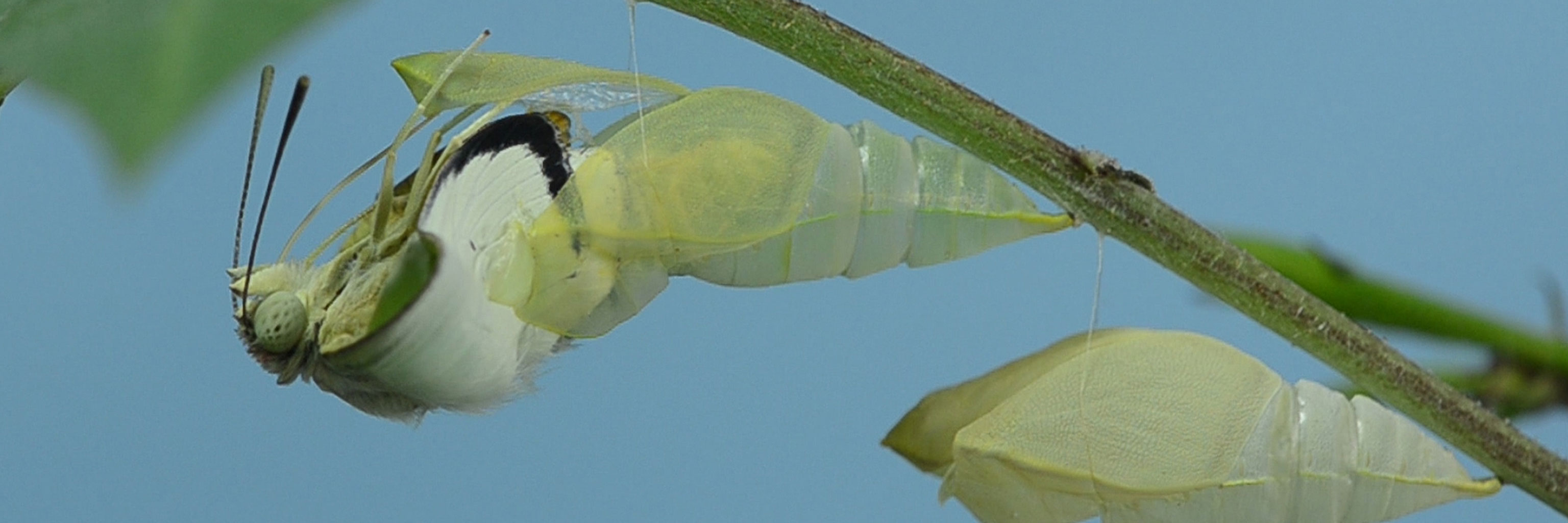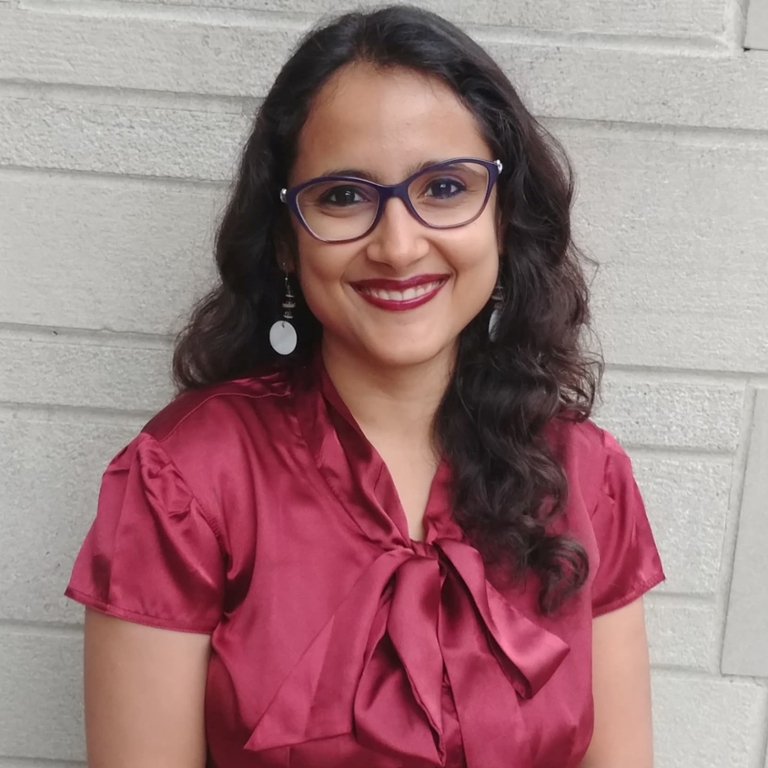Anushka Sen’s course CLLC-L 210 Metamorphosis: Art and Politics explores changes—sometimes outside one’s own power, sometimes within themselves, sometimes both—through various artistic forms. By continuously going back and forth between the personal and the external, Sen shares that the course will be grappling with the powerful emotions and experiences that come from transformation and helping us develop a more community-oriented, analytical vocabulary for that process.
An interview with Anushka Sen, a graduate student in the Department of English, is below.
Why is it important for students to take this course?
Sen: While the course actually came out of a previous idea on loss, I switched over to metamorphosis because in a way, the theme of loss is very heavy. If I want students to introspect, freewrite, and be creative, I don't necessarily want to ask them to dig into wounds that they haven't had the opportunity to process. I felt like metamorphosis provided a way of thinking, not just in terms of wound, pain, and trauma alone, but also about change and thinking about change as a complex thing. It holds associations of both fear and strength, and I thought that it would be useful and inspiring to chew on that together.
Sometimes the change itself is what's difficult, but in a way, that change is also the thing that helps you endure and be resilient. It’s the ability to transform, to see yourself in a new way, and to find a new vision, ideology, and principles.
Sometimes the change itself is what's difficult, but in a way, that change is also the thing that helps you endure and be resilient. It’s the ability to transform, to see yourself in a new way, and to find a new vision, ideology, and principles.
Often in the tradition of metamorphosis, you start with the classic texts by Ovid, who made metamorphosis a literary word rather than just the life cycle of the butterfly, and Kafka, who started people thinking of metamorphosis as an artistic thing. In both of those cases, the person who was going through the change had very little control. There wasn’t this sense of agency, which is something we like to talk about a lot in contemporary society, and which later works struggle more with. Is it a blessing? Is it a curse? Did we ask for it? Is it a kind of punishment?
I'm also very interested in the way that something that started out as primarily non-agential gets taken up by modern, contemporary artists to see: Can I work with this? Is there an opportunity for some version of it that is not in a wishy washy, romantic way, but in a very determined, politically aware way? Also, what happens when artists from different cultural locations engage with the European tradition of metamorphosis?
What knowledge or skills do you hope students gain?
Sen: It's really to learn analytical skills that will then help you to better understand your role in the world today.
We start slow. One of the first assignments is really about trying to define the term of metamorphosis and thinking, “Are there rules? Are there principles?” and then starting to complicate them. Especially these days with the news cycle moving so fast and with so many urgent issues in the world, we’re required to make a statement really, really quickly about things. There's definitely a point to that, and you want to say that some things are not up for debate, some things are really important to take a stand on. At the same time, it's really good to have the skills to sit with terms and go back to the origins to historicize and contextualize them.
Then, it allows you to start thinking, “How do I feel about this? How do I relate to it? Can I apply it in today's world?” I feel like once you have that ability to look at things first in really close detail with questions like, “What are the primary components that have gone into making this? What are some of the beginnings and trends of this?” Then you can think, “Where does this fit into my world?” I feel like that's a movement we don't often get to experience in our lives.
In metamorphosis, a lot of the transformation is from human and non-human. A lot of the time they're animals, but sometimes they are like trees or rocks. I'm really interested in why the non-human is the go-to for when we are imagining something that is different, new, and not us.
The other thing is just to understand the role of art and the way that it intersects with nonfiction essays and articles. One of the beauties of studying art in that way is that it gives you an opportunity to take a step back—it's a form of mediation between the world and yourself. You're not just immediately going into, “What did this person say? What do I think about it?” Instead, the artists have constructed a fictional world for you to inhabit, and you have to move around in that world for a while and learn to experience it on a number of levels—sensory, emotional, and ideological—and grapple with what all that means for you.
I find that process of slowing down and going through mediated text to be a useful way of sharpening your analytical skills, but it's also just enjoyable. Getting to read poems and watching movies is just a way of knowing that as you're making sense of things, you don't necessarily have to get them right—there is a process of pleasure when you can actually sit with that, understanding art as a complex zone where people have really worked out important crucial issues.
What do you get to learn from teaching the course?
Sen: A couple of things. One is that my own interests actually are in literature and animal studies, so I've been looking at animal presence for myself and my own PhD work. In metamorphosis, a lot of the transformation is from human and non-human. A lot of the time they're animals, but sometimes they are like trees or rocks. I'm really interested in why the non-human is the go-to for when we are imagining something that is different, new, and not us. What are the advantages as well as the risks of using the figure of the animal, creature, or the non-human that way?
I'm not looking at it just from the text in my field, but I'm also looking in texts that I don't study. I'm hoping that it'll let me really chew on these ideas I'm working with, but not just instrumentally like, “This is supposed to help me with my dissertation,” but to be in a similar headspace to see what other students have to say about that.
Also, I think that if I can get my students interested not just in metamorphosis and change, but also in the idea of animals and non-humans in text and have them notice it in other subjects that they have, it would be a very useful thing that I can gain. This whole year I haven't been teaching, so I just really miss being around students. I feed off their energy, so it’s important to have that extra community, which we all have lost for a long time.
What type of students would you encourage to take this course?
Sen: Anyone who is interested in the idea of taking art seriously and taking time to figure things out. It’s important to not come in with the assumption that there’s a formula for cracking the texts or that there's a right answer that you just reproduce. Instead, you have to figure out what they mean. So, as long as people are happy to get away from the idea of that template and can read things from different time periods, different cultures, and are willing to just be compassionate, curious, and thoughtful about things, that's all that I need.
View this course
View Themester courses




 The College of Arts
The College of Arts